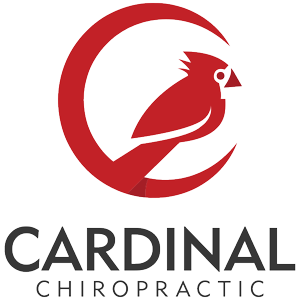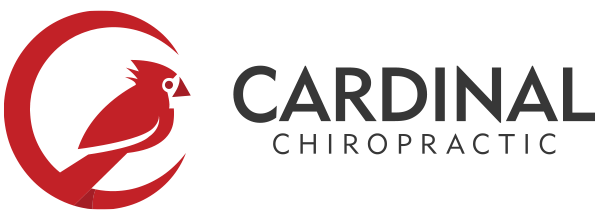The temporal mandibular joint (TMJ) connects your jawbone to your skull. TMJ pain and dysfunction is very common. Signs and symptoms of TMJ dysfunction may include:

Photo by engin akyurt on Unsplash
- Pain or tenderness of your jaw
- Pain in one or both of the temporomandibular joints
- Aching pain in and around your ear
- Difficulty chewing or pain while chewing
- Aching facial pain
- Locking of the joint, making it difficult to open or close your mouth
- Clicking sound or grating sensation when you open your mouth or chew
TMJ dysfunction is often accompanied by neck pain and stiffness and headaches. There are many causes of TMJ dysfunction. Teeth grinding, jaw clenching, forward head posture, and poor spinal alignment are among the most common causes.
Forward head posture is when your head moves forward from the natural alignment on your shoulders. Ideally your ear should be balanced over your shoulder. When your ear moves in front of your shoulder this puts abnormal stress and strain on your neck and upper back muscles as well as your jaw muscles. For every inch your head moves forward there’s a 10 fold increase of stress on the neck, upper back, and jaw. For example if your head weighs 10 pounds, and you have 1 inch of forward head posture, your body is working as if you had a 20 pound head.
When looking at your phone, or any handheld device, it is important that the device is held upright to prevent your head from moving in a downward/forward position. We see many children and young adults developing these poor posture habits. Due to these poor posture habits you can end up with many health issues. Headaches, migraines, neck pain, upper back pain, and jaw pain are among the many issues that can come from this unhealthy posture.
Workplace ergonomics (or home ergonomics) is also very important. Sitting for eight hours a day in an unhealthy environment can reek havoc on your health. Ideally you should be sitting deep in the seat, with your monitor at fingertip distance away. When the monitor is too far you will tend to jut your head forward in order to see. Simply move the monitor towards you instead of moving your head towards the monitor. The monitor should also be at eye level to prevent repetitive head flexion. Poor workplace ergonomics can lead to many different work injuries, including TMJ disorder.
When looking at the spine from the side, there should be 3 natural curves to the spine. There is a forward curve in the neck (lordosis), a backwards curve in the mid back (kyphosis), and another forward curve (lordosis) in the lower back. When you lose the healthy forward curve of your neck, this puts abnormal stress and strain on your spinal joints, spinal discs, spinal muscles and also your jaw. This in turn can lead to TMJ disorder. Trauma, such as car crashes and bad falls, can cause a loss of curve or even a reverse curve to your neck. Research shows that this unhealthy spinal alignment can lead to TMJ disorder.
Stress is a major reason why many people clench and grind their teeth. Clenching and grinding will add adverse mechanical stress to your TMJ. Left untreated this can cause pain and dysfunction. Forward head posture and poor spinal alignment can also promote teeth grinding and clenching.

